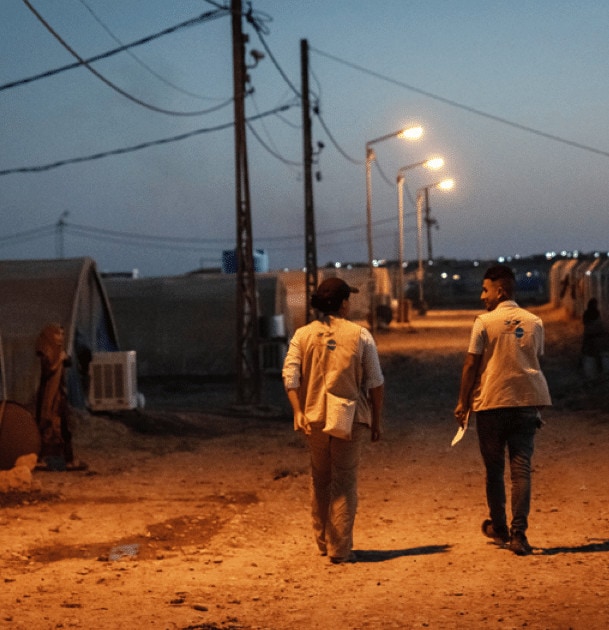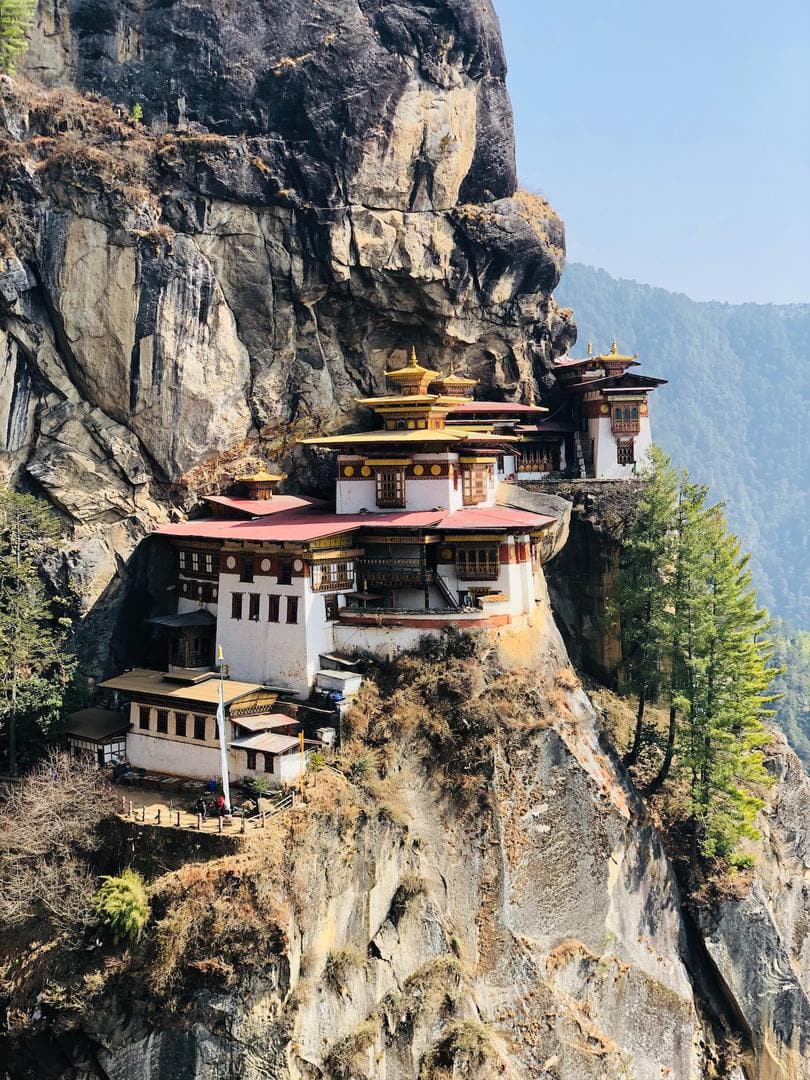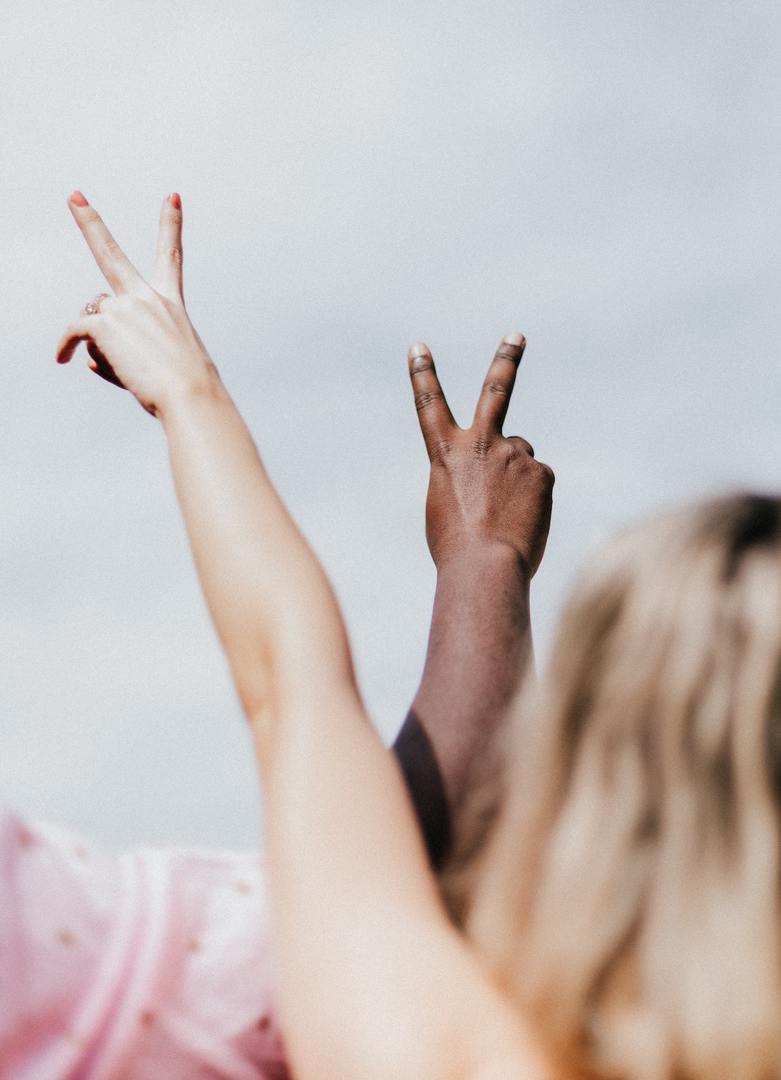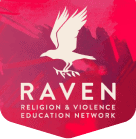Nonviolent Resistance, Defense, and Civilian Protection
People usually associate nonviolent action with civil resistance. Indeed, Swarthmore College’s Global Nonviolent Action Database has chronicled over a thousand of examples of nonviolent civil resistance campaigns throughout the world. Erika Chenoweth and Maria Stephan have documented that such campaigns were more than twice as effective as their violent counterparts in achieving their stated goals and much more likely to spawn democratic institutions and respect human rights.1 The US Civil Rights Movement, Poland’s Solidarity Movement, and current Black Lives Matter uprisings provide vivid examples. It is important to note that such nonviolent movements often are accompanied by a relatively few who commit violent acts, but the strategy and the preponderance of activities are nonviolent.
Disciplined strategic nonviolence can also be used to protect the status quo. Near the end of the Cold War, people strategized and organized in Germany and the Baltic States on how to resist an invasion by using nonviolent means. Several communities in Colombia have declared themselves Communidades De Paz (communities of peace) and have nonviolently kept all combatants out of their villages. In the US in 2016-2017, the Standing Rock Sioux Tribe and allies nonviolently protected their land by resisting the incursion of the Dakota Access Pipe Line and the resultant water pollution.
Unarmed Civilian Protection (UCP) provides a third category, where disciplined strategic nonviolence is focused on protecting civilians and preventing violence in areas of violent conflict. Over 40 organizations practice UCP in 24 areas of the world from the Philippines to Palestine to South Sudan to the US.

Combined, these three applications of active nonviolence—to resist the status quo, to protect the status quo and to protect civilians—provide numerous, successful examples of work carried out by millions of people. The first two applications are necessarily partisan, but UCP provides examples of how nonviolence intertwines with nonpartisanship to effectively protect civilians caught up in war zones and areas affected by violent conflict.
Nonpartisanship and Unarmed Civilian Protection
Nonviolent Peaceforce (NP), a leader in UCP, is guided by principles of nonviolence, non-partisanship, primacy of local actors, and civilian-to-civilian action. However, not all UCP organizations embrace nonpartisanship. NP is conducting a global review to identify UCP’s good practices and enhance the field by sharing lessons learned between current practitioners and others interested in applying these methods—whether they be neighborhood organizations or UN agencies.
Through this process, we have engaged over 40 groups in regional workshops in Asia, the Middle East, Sub-Saharan Africa, North America, and Latin America.
In a soon-to-be published study of the findings of these good practices workshops, Paige McClain et al. of the Human Rights Lab at the University of Minnesota found:
Unlike the other good practices discussed in this report, non-partisanship is not a universally agreed practice in UCP work. It can be difficult to explain and difficult to put into action in the many different contexts that UCP takes place. For those that agreed that non-partisanship is a good practice, there was not one universal definition or way of describing the practice, but the common thread was that UCP actors should not take sides in the conflict and that non-partisanship is actively standing in between conflicting parties to create space for dialogue and peace. As one practitioner explained, “I see non-partisanship as the very active and not passive role of trying to be equally close to two parties to a conflict. In order to provide a possible third solution or third pair of eyes or a mediation point.”
NP defines nonpartisanship as not choosing or taking sides in a conflict. Nonpartisanship does not mean indifference or passivity; nor is it the same as neutrality. Neutrality means not taking sides and not helping or supporting any party in a conflict. We are not neutral on Universal Human Rights or International Humanitarian Law. Nonpartisan actors proactively engage in a conflict. We work against injustice and the violations of human rights, or for personal dignity and individual freedom, as a means for establishing an enduring peace.
While controversial, nonpartisanship has served us well in protecting civilians and preventing violence. Our ability to protect depends on relationship building. We have to be able to communicate with all major parties to a conflict including state and nonstate armed groups. That does not mean we condone their actions. No matter how violent or reprehensible their behaviors might be, these groups have to know who we are, why we are there, and how we communicate with each other.
For example, when we worked in Sri Lanka, we had to be able to communicate with the government and the Tamil Tigers, the primary rebel group. Both had a lot of blood on their hands. I remember how difficult it was for me to meet with a Tiger leader when we were setting up the mission. The Tigers routinely abducted children forcing them to become soldiers and training them to bite cyanide capsules if they were about to be caught. They had recently blown up a train car full of civilians. Yet, to protect, we had to be able to communicate.
Surreptitiously, one evening a colleague and I were driven to meet a rebel leader on the outskirts of Colombo.He walked with a limp because he had been shot in the hip when he was a child soldier. We talked deep into the night. We weren’t trying to convince one another of anything. But the Tigers had to know what we were doing and how we could communicate with each other. The young man kept bring us more snacks. He did not want us to leave. By the end of the evening he was sharing his grief that he and his wife were not able to conceive a child.
I have often reflected on that encounter. Was the rebel leader merely good at psyops? Perhaps, but I don’t think so. He shared deeply. He wanted to be heard. He wanted to be understood. Over the following years whenever we accompanied mother to a Tiger camp to retrieve their children, the rebels would release them. The Tigers knew who we were. We did not surprise them. They knew we were nonviolent and committed to civilian protection. And, as a group that was fighting for an independent country, they knew we posed a threat to their international standing that they were cultivating if we reported to the UN or in the capitols of potential supporters that we had been to their camps and they refused to release children, a Grave Violation of Child Rights.
In Mindanao, we cultivated relationships with both the government of the Philippines and the Moro Islamic Liberation Front (MILF). When a ceasefire was negotiated both parties asked that NP be one of the groups overseeing the civilian protection of the agreement. Over the next four years, nine NP teams monitored, documented, reported and intervened in potential threats to civilians. More importantly, we trained over 300 local people to do the same thing. This was one factor that led to the signing of a comprehensive peace agreement between the government and the MILF.
Empathy is essential for nonpartisanship.
Essential Ingredients of Nonpartisanship
Empathy is essential for nonpartisanship. Fortunately, our species does not start from nowhere. As other primates we are born with the ability to empathize. And that ability can be enhanced through training and practice. For example, in our Mission Preparedness training includes an exercise called “The Circle of Truth,” where participants have to play each of six different roles in a conflict. In our current online training for communities in the US, those roles include a rookie police officer, a member of Black Lives Matter, a small businessperson, and a Trump supporter. We don’t claim that such an exercise creates total empathy, but it does help participants understand that human beings have various points of view in a conflict.

Another essential ingredient for nonpartisanship is an understanding of our unity. In fact, a direct challenge to me from a Sufi in 1997 while I was studying at the University of Creation Spirituality “to enter the heart of my enemy” started me on the path of co-creating Nonviolent Peaceforce. Until then I had always approached my work and, indeed, the world from a standpoint of us versus them, good versus evil, 50% +1 meant that we kicked their ass. That troublesome Sufi had challenged me to my very core to understand the world through our unity.
When the student is ready, the teachers appear. Everywhere I turned, I was being challenged and led to an understanding of the connectivity of all beings. I started taking part in a Buddhist Sanga. I studied Thich Nhat Hanh. A year later I was sitting in Plum Village, his monastery, where he taught that we were no longer at a place in history where we could afford to take sides. We had to proceed from a basis of our unity. How prescient he was in 1998! One cannot kill someone if they recognized that they are connected to them and see the God within their eyes. It was on a bus leaving Plum Village that I received the vision for a nonviolent peaceforce.
The Olive
Branch
Take A Breath with Us
Our weekly newsletter creates a space to take a breath. Once we slow down, we can see the way desire, imitation, and conflict operate in our lives and in the world, and begin to create peace. In addition to the newsletter, you will receive the free "Unlearn the Bible" ebook when you subscribe.
Nonviolence, Nonpartisanship, and the Path that Lays Ahead
Partisanship currently permeates our culture. Divisions are ripped open for political purposes. Every scientific fact is disputed. Wearing a face mask is a political act. We can continue down this road if we want to. Huge momentum propels us. And we have gained a glimpse of how such division festers and manifests in the streets of Minneapolis, Portland, and Kenosha. Gun sellers are reporting that they cannot keep up with the demand for weapons and ammunition. They expect this trend to last through the election. Extremely well-armed white supremacist groups have provoked and marauded every major demonstration. While others take advantage of the mayhem to burn and loot. In response, Harper’s Magazine recently ran a cover story on arming the left. The American Indian Movement provided armed patrols to protect native homes and businesses during the Minneapolis uprisings. Colleagues in Fargo have reported that armed leftists showed up to “protect” them at a recent rally.
I am sick to death of visiting war zones and talking to the women and children who are the major casualties resulting from highly self-righteous men who have taken up arms for “good causes” to fight one another. I have visited schools inhabited by soldiers, hospitals smashed to rubble, neglected villages where people did not even have soap and the children were starving. I even saw a bombed-out Jaguar dealership in Syria. All of this violence was committed by men who were doing “the right thing.”
The divisions in our country invite the dystopian scenes described above. Recently, a nonpartisan group of diplomats, humanitarians, and human rights advocates with extensive experience in war zones wrote, “We write to issue an unequivocal warning to the leaders of the United States of America that without urgent action the country risks having a mass atrocity event and constitutional crisis that will threaten both human security and the future of the republic.”
Another way remains open to us where we come together recognizing our common humanity. Examples abound! Millions of frontline workers have risked and lost their lives serving others in need in hospitals, nursing homes, and food distribution sites. Thousands have voluntarily stepped forward to randomly receive the Covid-19 virus to test vaccines. The pandemic and the racial upheavals have reveled thousands of young people of all hues and colors joining to forge a more just future. My friend Paula Green is among the many peacebuilders who have refocused their energy on the US. She has initiated conversations between people in Massachusetts and Kentucky who discover what they have in common. Nonviolent Peaceforce is training people in the US in nonviolent peacekeeping methods including specialists who have replaced the police in the Minneapolis schools, union activists and former gang members.

The multiple crises faced by our world do provide us with an unparalleled opportunity to create a more just, sustainable, and graceful future. It will not be easy. We will need to call on resources that we don’t know we have. We will need to build from our sense of unity. As Richard Rohr reminds us, “The dualistic mind is literally incapable of thinking any notion of infinite grace.”
Nearing his death John Lewis illuminated our path clearly,
Though I may not be here with you, I urge you to answer the highest calling of your heart and stand up for what you truly believe… When historians pick up their pens to write the story of the 21st century, let them say that it was your generation who laid down the heavy burdens of hate at last and that peace finally triumphed over violence, aggression and war.
Let us find our unity now and get on with the work that needs to be done. Keep faith that we will know what to do.
1Erika Chenoweth and Maria Stephan, Why Civil Resistance Works: The Strategic Logic of Nonviolent Conflict, (New York: Columbia University Press 2011)

